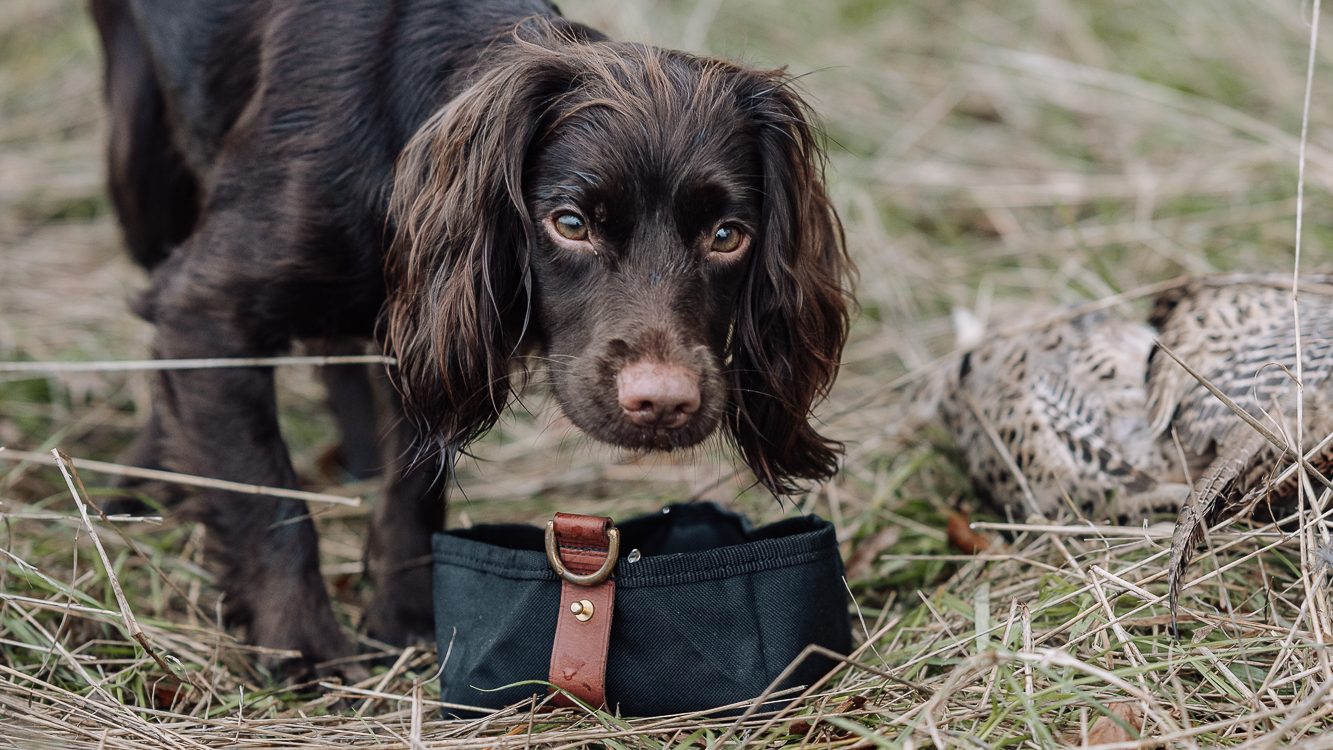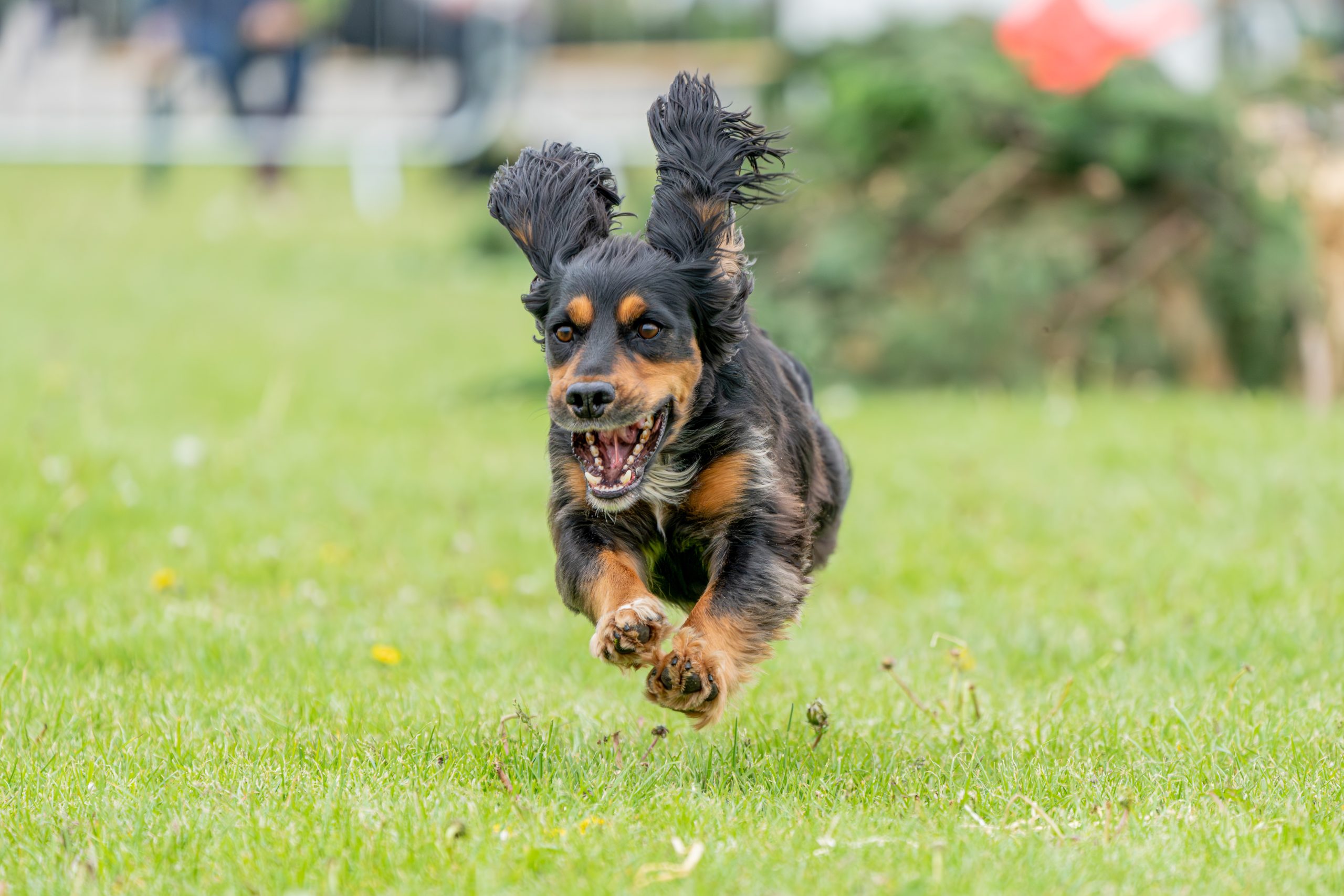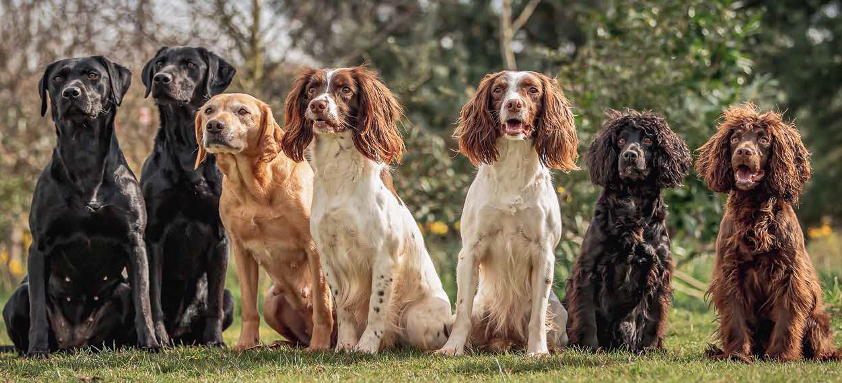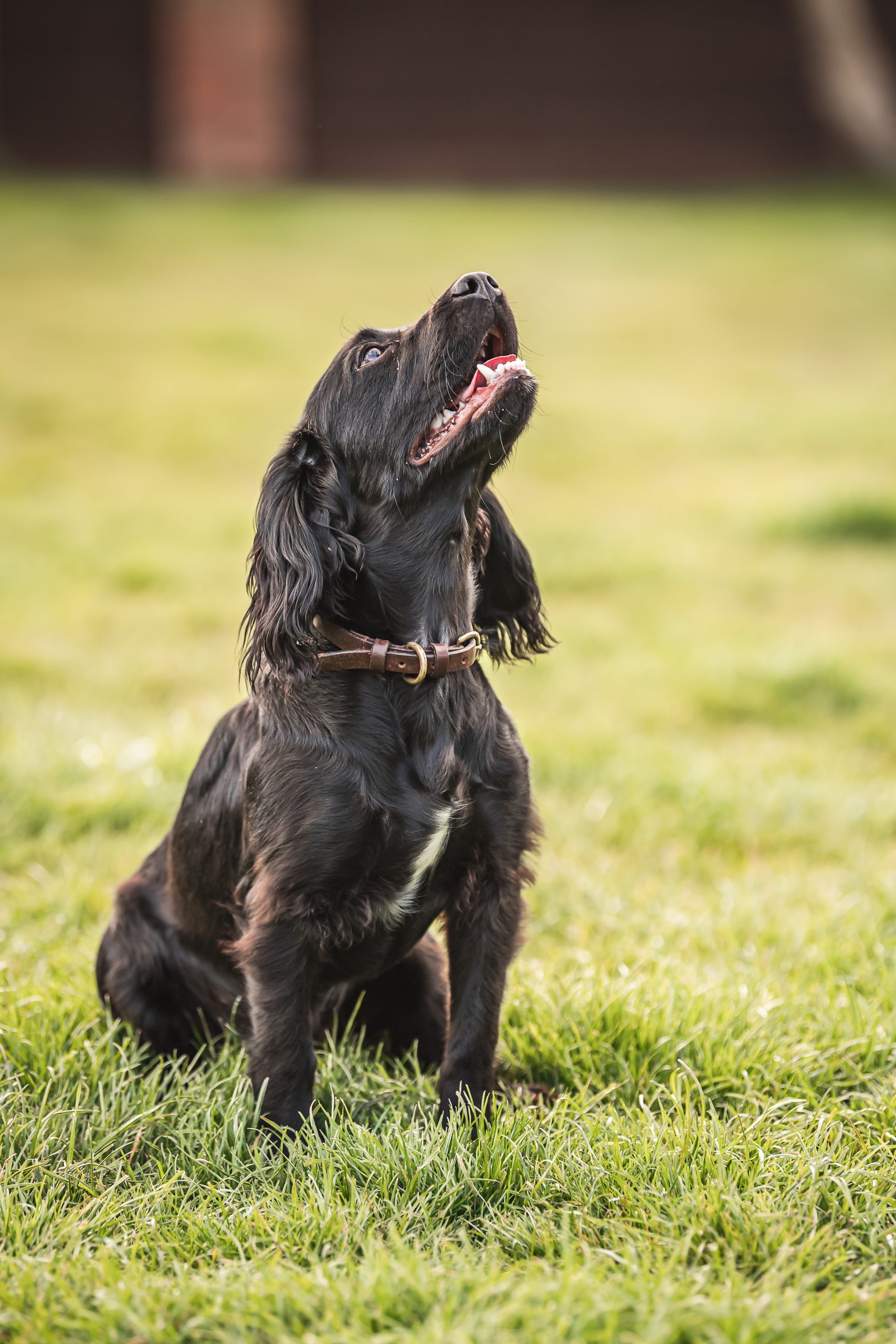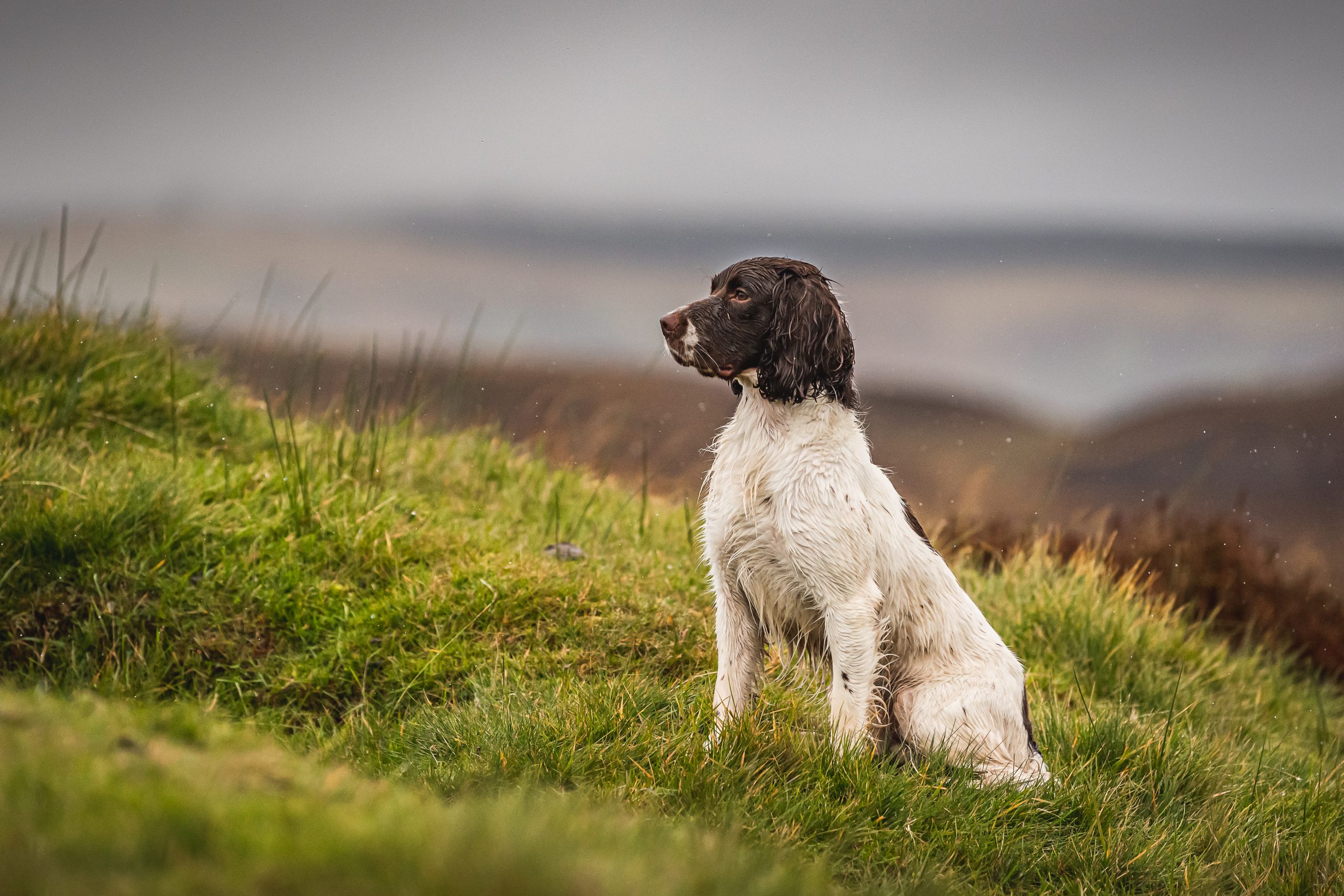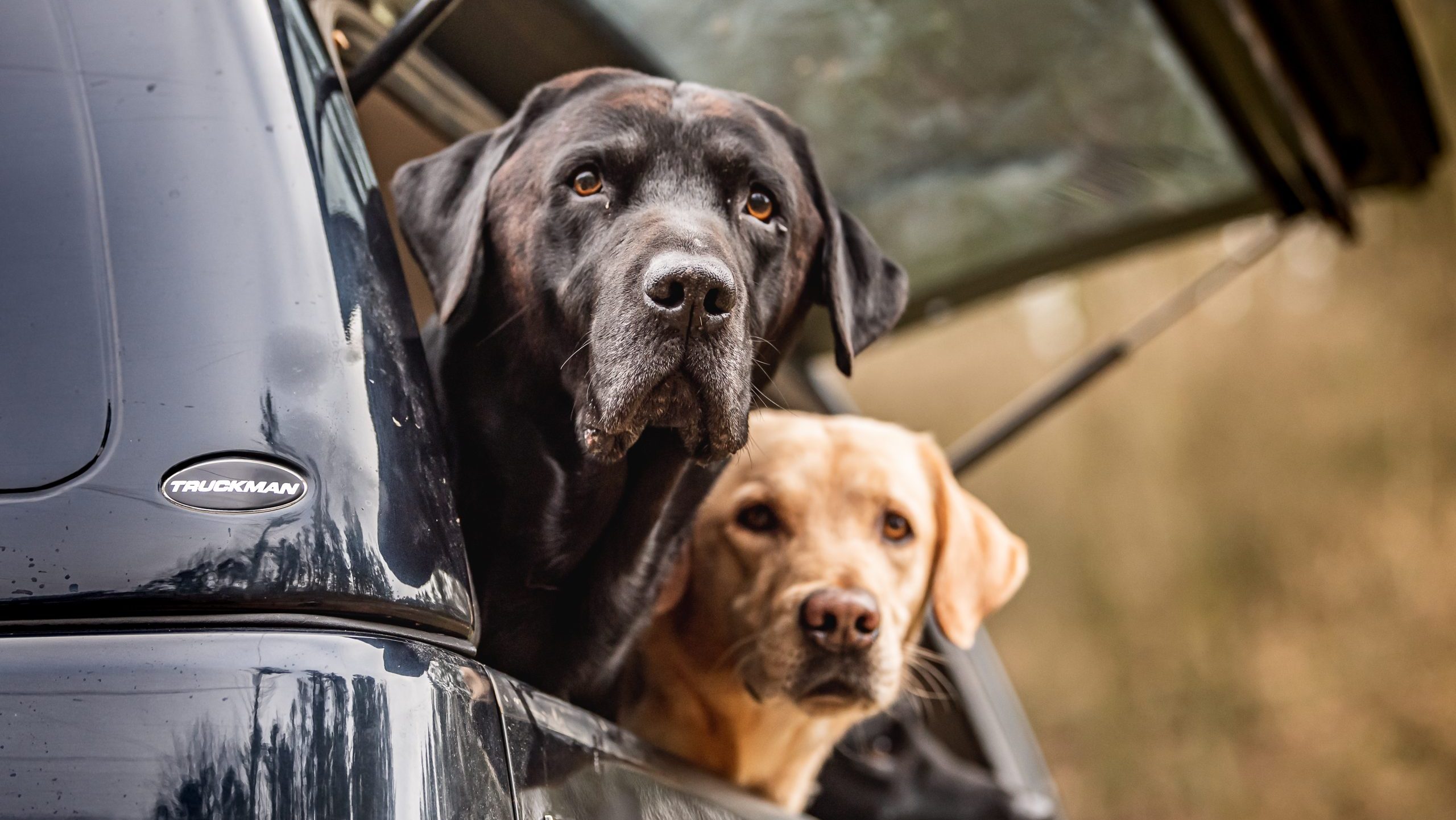Training
Mud, glorious mud
Questions and Answers from Gundog Journal about training in muddy, wet conditions.
Would you like to appear on our site? We offer sponsored articles and advertising to put you in front of our readers. Find out more.
Q: It was so wet and muddy last season have you got any insider tips on how to deal with all the mud the dogs inevitably cake themselves in? What’s your cleaning routine?
Michelle Oseman: Last season was the wettest for a long time. Working six spaniels means every shoot day is a bath day. I’m convinced they could get muddy in a desert. When I built my kennel block I had an electric shower and raised bath built in and this has been a godsend. When I get home every dog is individually washed with warm water – I only use shampoo if really necessary. I have found that using warm water is not only more pleasant for dog and handler but also removes caked on mud and debris such as thorns much more easily. Each dog is washed, checked over for any injuries I may have missed throughout the day, towel dried and then put into their kennel with a heat lamp on for a couple of hours to dry them off. Four of my spaniels are clipped out and I do find this makes them easier to wash, and they dry much more quickly than those with a full winter coat.
All my dogs are fed salmon oil, which I believe adds to the coat’s drying abilities. I am also a big fan of Tail & Mane conditioner spray which I apply to the whole dog when I groom them after drying. This makes the coat and especially those tangled spaniel ears much easier to brush out, and also provides a small amount of protection again those darn thistles and burrs when working the following day.
As I load my dogs into the truck on a shoot day morning I ask them not to get wet, muddy or smelly but obviously this is an impossible task when you’re a full-on working gundog – roll on bath time again.
Q: Now the season is over I am interested in entering my three-year-old lab in working tests. She is a fabulous picking-up dog but are there any pitfalls I should be aware of?
Laura Hill: It’s good that you have enjoyed picking-up with your dog, and this will have given her a proper education in game finding. Working tests can be a useful way of seeing how your training is going over the close season. Tests not only provide a competitive fun day out, with like-minded people, but they can help you highlight where any particular weaknesses are in your training, and inspire you to brush up on your handling and schooling.
If your dog is Kennel Club registered then you will be able to enter working tests run by local clubs (a list of which can be found on the Kennel Club website). Most clubs allow non-members to run in their tests, but it is probably worth joining a handful of local clubs as they will often provide other activities such as training and social events.
Before you enter a test, you should also order or download a copy of the KC J Regs which relate to Field Trials and Working Tests (again from the Kennel Club website). You will need to read these to familiarise yourself with the rules. It would also be useful to find a local trainer who can assess you and your dog to see if you are ready to enter tests, and give you some help and guidance on how to prepare and what to expect.
For retrievers, working tests usually comprise a set of tests based on marked or blind retrieves, or a combination of both. They may involve working in crops or woodland, and sending your dog over obstacles such as fences or water. There may also be a walked-up scenario. Your dog should be steady to shot and fall off the lead, and be quiet and well mannered.
Whilst entering a test for the first time may be a bit daunting, you will soon learn the ropes and perhaps end up getting bitten by the bug.
Good luck.
Related articles
Training
Patience is a virtue
It’s a skill that is often overlooked in training, but which is vital for all gundogs. Ben Randall explains how to capitalise on some everyday opportunities to practice it, now that spring is here.
By Time Well Spent
Training
The theory of puppy training
When you collect your puppy – and at every stage thereafter – you’ll need a safe and secure form of transportation. Here are four high-quality options to suit all requirements.
By Time Well Spent
Get the latest news delivered direct to your door
Subscribe to Gundog Journal
Unlock the full potential of your working dog with a subscription to Gundog Journal, the UK’s only dedicated magazine for gundog enthusiasts. Published bi-monthly, this authoritative resource delivers expert training advice, in-depth interviews with top trainers and veterinary guidance to help you nurture a stronger bond with your dog.
Whether you’re a professional handler, breeder, or simply passionate about gundogs, each issue offers a wealth of knowledge on breeds like labradors, spaniels and vizslas. Subscribers gain access to topical articles, real-life stories and exclusive offers from trusted brands.
With stunning photography and thought-provoking content, Gundog Journal is your essential guide to understanding, training and celebrating these remarkable working breeds.


Manage Consent
To provide the best experiences, we use technologies like cookies to store and/or access device information. Consenting to these technologies will allow us to process data such as browsing behavior or unique IDs on this site. Not consenting or withdrawing consent, may adversely affect certain features and functions.
Functional Always active
The technical storage or access is strictly necessary for the legitimate purpose of enabling the use of a specific service explicitly requested by the subscriber or user, or for the sole purpose of carrying out the transmission of a communication over an electronic communications network.
Preferences
The technical storage or access is necessary for the legitimate purpose of storing preferences that are not requested by the subscriber or user.
Statistics
The technical storage or access that is used exclusively for statistical purposes.
The technical storage or access that is used exclusively for anonymous statistical purposes. Without a subpoena, voluntary compliance on the part of your Internet Service Provider, or additional records from a third party, information stored or retrieved for this purpose alone cannot usually be used to identify you.
Marketing
The technical storage or access is required to create user profiles to send advertising, or to track the user on a website or across several websites for similar marketing purposes.

